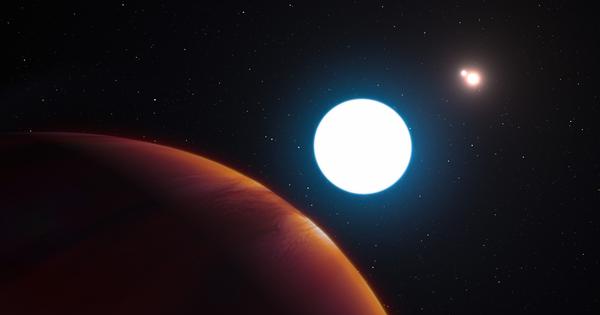A newly discovered planet, KOI-5Ab, in a triple-star system is a great example of the kind of astonishing discoveries that result from co-operation between large teams of astronomers using different types of telescopes and observation techniques.
There is a stereotype that “lone genius” scientists make discoveries without any help from others. This is propagated by the prestigious Nobel Prize, which is awarded to at most two or three scientists at a time. But major discoveries, particularly in the fields of astronomy and physics, are increasingly achieved by teams of dozens or even hundreds of scientists combining data from multiple experiments and observation techniques.
Finding an exoplanet
One of the fastest-growing areas of astronomy research is the study of planets in other solar systems, called exoplanets. As of this writing, 4,367 exoplanets have been discovered. Trying to observe an exoplanet orbiting around a distant star is a bit like trying to see a firefly…















